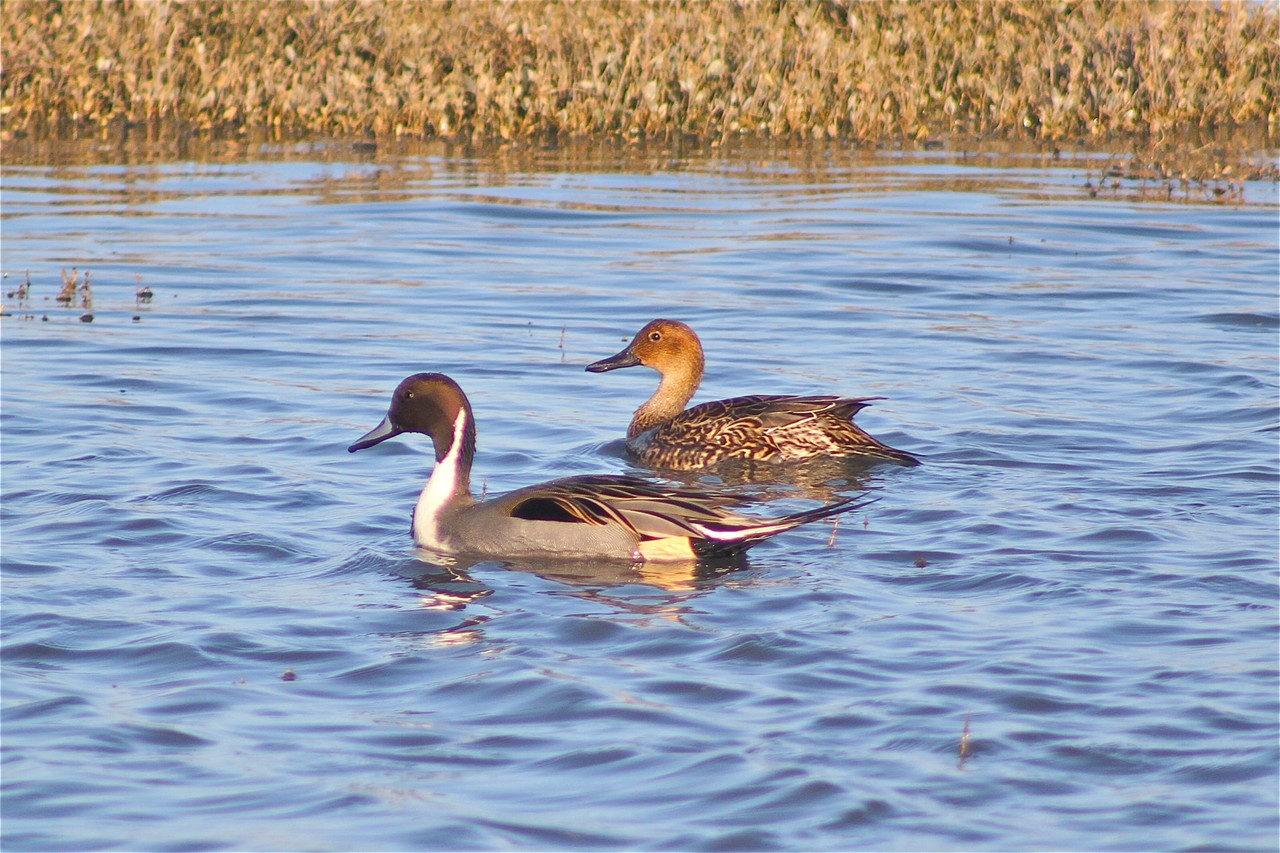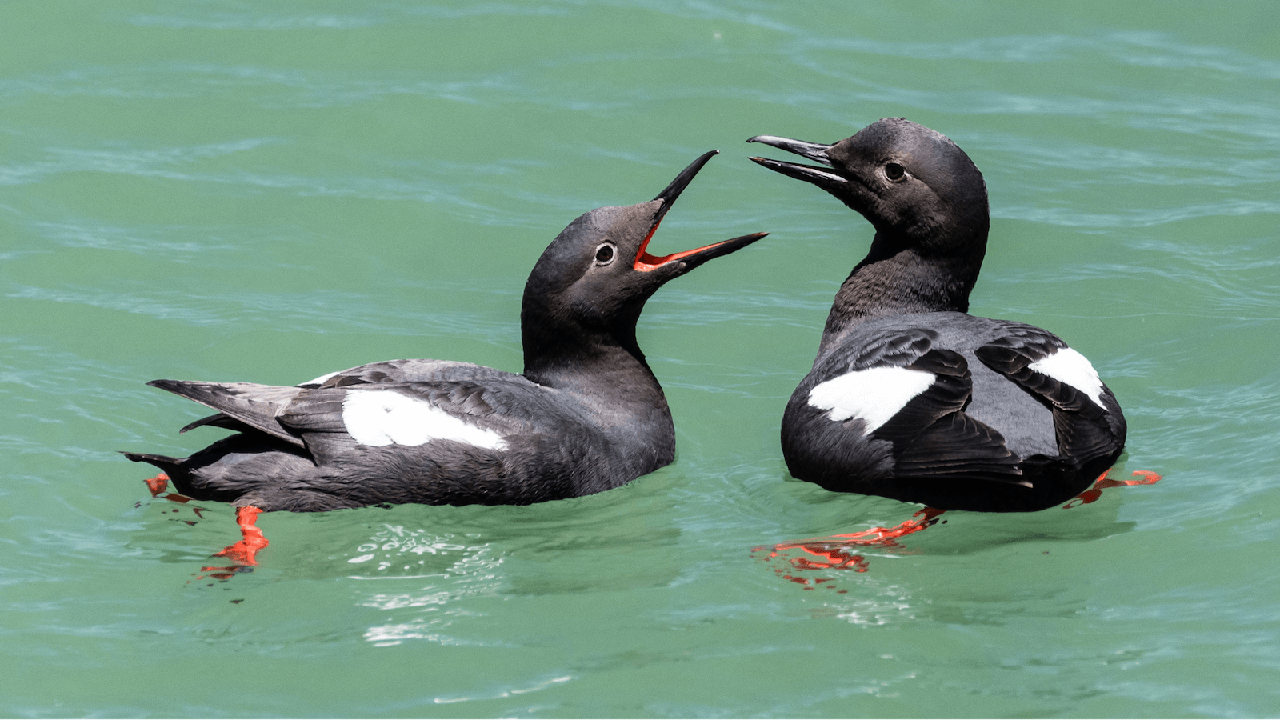Island County fish and wildlife projects
Overview
According to the US Census Bureau, the county has a total area of 517 square miles, of which 208 square miles is land and 309 square miles (60%) is water. It is the second-smallest county in Washington by area.
In 1999, the Island County Marine Resources Committee (MRC) was established. It is an advisory body to the county government, made up of many volunteer local residents. They represent a variety of interests and industries. They share a common goal of protecting and restoring marine resources in the Puget Sound area. Do you know that 12,000 crab pots are lost in Puget Sound every year? MRC helps prevent such accidents.
Pigeon Guillemot colonies
This committee is the organizer of many projects aimed at preserving the Island County environment. One of the MRC projects trains about 30 volunteers to visit 23 active Pigeon Guillemot colonies. Colonies range from 15 to 134 birds. During 2006, the teams found over 800 birds in the colonies.
In May and June, Pigeon Guillemots often visit burrows and some hatch eggs. By the end of June, teams usually observe activities involving young animals in burrows – adults delivering fish to them.
Forage Fish Survey
Forage fish are a vital link in the food chain of larger fish such as salmon, marine mammals and seabirds. Without these fish, larger predators cannot survive. In Puget Sound, the three principal species of forage fish are Pacific herring, Pacific sand lance, and surf smelt.

Volunteers, including civilian scientists, monitor the beaches around Island County on a monthly basis for the presence of forage fish eggs. Volunteers are surveying beaches connected with restoration projects to see if forage fish are using the rehabilitated areas.
Bull Kelp Monitoring
Bull kelp forests are essential habitats for all kinds of marine animals. Endangered species such as the pinto abalone and yellow-eyed rockfish depend on bull kelp forests for shelter and nutrients. Animals are critical to the food web, such as herring, use bull kelp forests for protection and food at certain stages of their lives.

